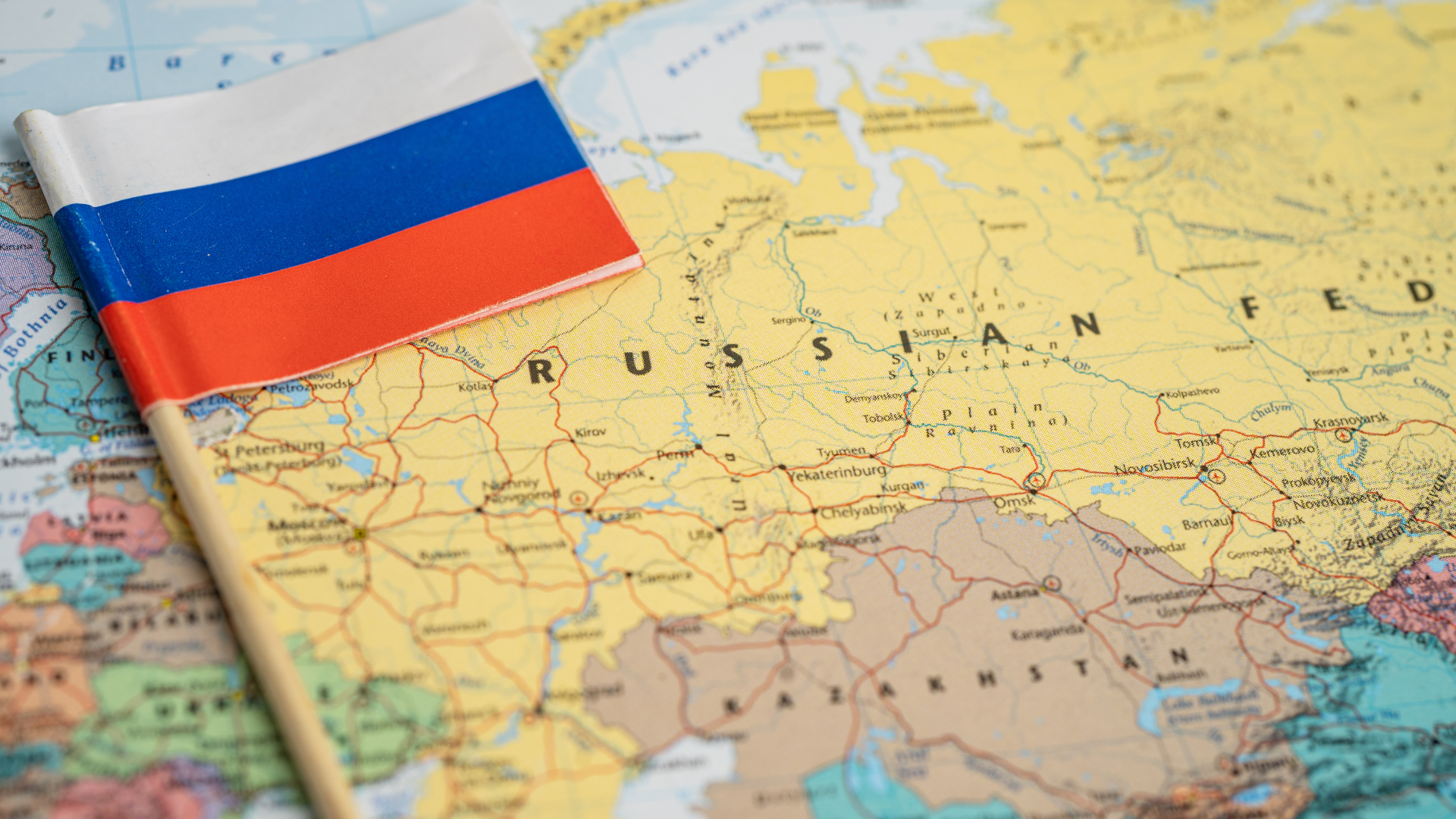For more than a year now, the conflict provoked by Russia's intention to invade Ukrainian territory has been raging for more than a year. For a little less than a decade, both countries have been living in a situation of 'tense calm' that has led to the current conflict. In 2014, Ukrainian President Viktor Yanukovych was ousted after months of protests and unrest in the country's capital, Kiev. In response to his ouster, Russia annexed the Crimean peninsula, which previously belonged to Ukraine. Since then, tensions between Russia and Ukraine have been on the rise. Earlier, military clashes broke out in the Donbas region of eastern Ukraine, where pro-Russian separatist groups have declared independent people's republics.
The situation has affected the lives of thousands of people and also the economies of both countries. In the case of Russia, many companies have ceased their activities in the country in protest against what has happened. And this cessation of activity on the part of the organisations also reached the cosmetics sector. Thanks to the help of ACCIÓ, 'Next in Beauty' finds out what the current situation is and how the cosmetics market has changed since then. 2022 was marked by a series of ups and downs that changed and continue to change the structure of the market, the players involved, the logistics as well as the behaviour of the end consumer.
As ACCIÓ's Moscow office points out, in March 2022, Estée Lauder, with its brands MAC, Clinique, Bobbi Brown, Jo Malone, Origins, DKNY, Tom Ford Beauty, announced that they were pausing their activity in Russia. In addition, all L'Oréal brands (Garnier, Maybelline New York, Lancôme and Vichy) closed their shops in the country. French retailer Sephora also closed its shops and ceased online sales in Russia. LVMH and Shiseido suspended sales and Procter & Gamble reduced its product portfolio and cancelled its investment.
Before 24 February, 70% of the Russian cosmetics market was controlled by large international companies, with the European Union and the United States being the country's cosmetics suppliers. Only 2 months later, by April 2022, the market had shrunk by 14% due to the flight and flight of large companies and corporations. As a result, retail product selection dropped by 25%. For fear of running out of stock, and consumers' response to the fear of shortages is to hoard goods. This caused cosmetics purchases in the first six months of 2022 to grow by 3%. But undoubtedly, the main indicator of how the outbreak of the conflict affected the Russian cosmetics market was imports, which plummeted. Specifically, by 80%.
More than a year later, and as the 'Acció' office explains, the market seems to have recovered from the big "losses" in terms of the end consumer. The big brands, albeit at less affordable prices (with an increase in RRP of between 10-100% depending on the brand), are present in both online and in-store shops. Some of the brands are introduced to the market through other countries following "parallel import" allowed by the local government after the anti-Russian sanctions were applied, other companies have changed their legal status and are now owned by local management that makes sales in the country with or without rebranding, third parties have sold their business and it is now developed by national entrepreneurs.
In Russia have appeared several European marks of average or small size that look for his recently unemployed niche by the "big "", especially in "niche" "holistic" "indie" beauty.
South Korea wants to become a leading player and seize the opportunity. According to the South Korean Chamber of Commerce in Moscow, the country wants to become the country's leading cosmetics supplier. The price of these cosmetics also increased in 2022, by 10-50%, and the main cause was the fear of the possible fluctuation of the rouble and the increase in logistical costs.
Domestic companies themselves are also looking to take advantage of this opportunity. Currently, the most popular brands in Russia are: Natura Siberica, Faberlic, LibreDerm Laboratories, KOPA and Mixit. The latter and Natura Siberica have positioned themselves in the TOP 3 most mentioned brands by the media. Consumers also look more favourably on products made in their own country, which try not to raise their prices too much and try to cut costs on packaging and by eliminating ingredients from their formulas. Shortening the list of ingredients became a popular alternative when cosmetics producers saw the price of ingredients rise by up to 40%.
After 2022 and knowing what the conflict has meant for the Russian cosmetics sector, all that remains to be seen is what will happen in 2023. Well, the prognosis is guarded. It is alarming because globally the price of consumer goods has risen by 13%. Everyone is feeling it, but the consequences vary from one family to another.
